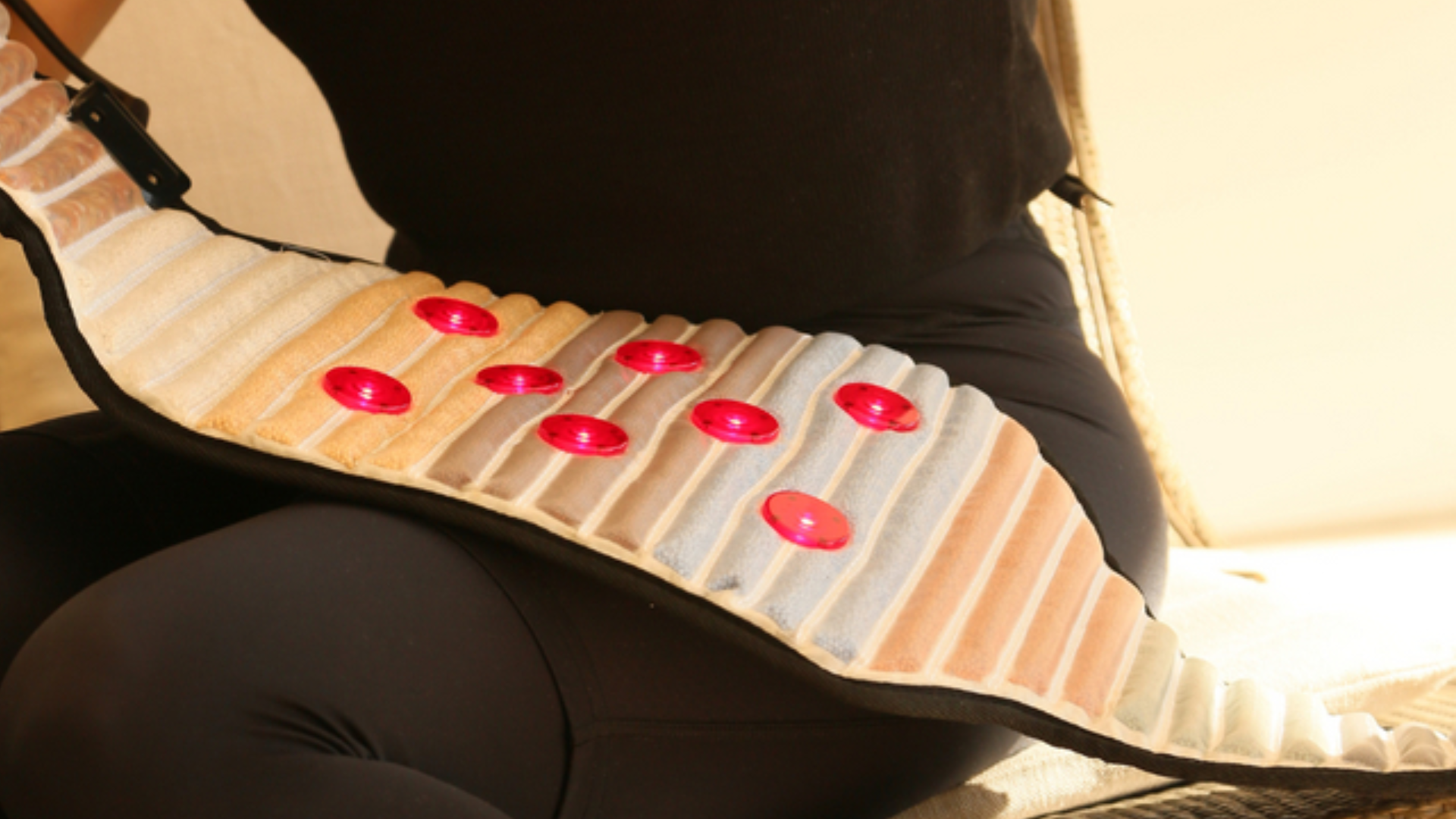This month is Endometriosis Awareness Month and we’re sharing three ways to target severe pelvic pain.
March is Endometriosis Awareness Month, bringing greater visibility to this misunderstood - but common - disease affecting around 200 million women, girls and gender diverse people worldwide.
Endometriosis is caused when tissue similar to the lining of the womb grows in other parts of the body. Common symptoms include severe pelvic pain that can put life on hold around or during a person’s period. Other symptoms can vary widely from person to person, which is why delays in diagnosis are unfortunately common, leading many people to suffer in silent pain with no clear treatment plan.
When dealing with ongoing endometriosis and pelvic pain, it’s crucial to note that different things work for different people, but here are some things you can try:
- Pelvic yoga - gentle yoga stretches can provide temporary relief from tightness, discomfort and cramping in the pelvic area. Think modified versions of ‘child’s pose’, ‘fountain of youth’, and ‘pigeon pose’. Take a look at these targeted pelvic yoga positions and find what works for you.
- Heat therapy to target pain and inflammation - Heat Healer’s Body Belt can be easily positioned to target the specific area you experience endometriosis pain, and uses three different types of light therapy in one powerhouse device (known as Triple Threat Technology™ for good reason!) Firstly, PEMF (road-tested on astronauts) increases circulation, reduces the sensation of pain, and can reduce swelling and increase our body’s production of growth factors that fight inflammation. Secondly, Infrared Heat (also used in the Heat Healer Infrared Sauna Blanket) penetrates deep into muscles and bone and causes blood vessels to expand and receive more nutrients. Thirdly, Red Light Therapy (yep, like in face masks) increases the growth rate of fibroblasts, which help make new connective tissue in our bodies. Combined, these technologies can help with immediate pain management, but also offer long-term benefits for reducing inflammation.
- Dietary changes - for some people, cutting back on certain food types, while increasing others, can support long term maintenance of endometriosis symptoms. Despite what some people may say, there is no ‘endo diet’ and the best thing you can do is listen to your body, rather than blindly following what worked for someone else. Unless you have allergies or intolerances, it is unlikely that you will need to cut out entire food groups, but you may experience an increase in symptoms or discomfort after eating certain foods - and it may feel better to have less of these in your life!
If you’re experiencing severe pelvic pain and think there’s a chance you have endometriosis, the first thing you should do is arm yourself with the facts, and talk to your doctor about diagnosis and treatment options.
For more information:
Endometriosis, Foundation, Endometriosis Foundation Of America | EndoFound
Ending endometriosis starts by saying it | Endometriosis UK (endometriosis-uk.org)










Leave a comment
This site is protected by hCaptcha and the hCaptcha Privacy Policy and Terms of Service apply.